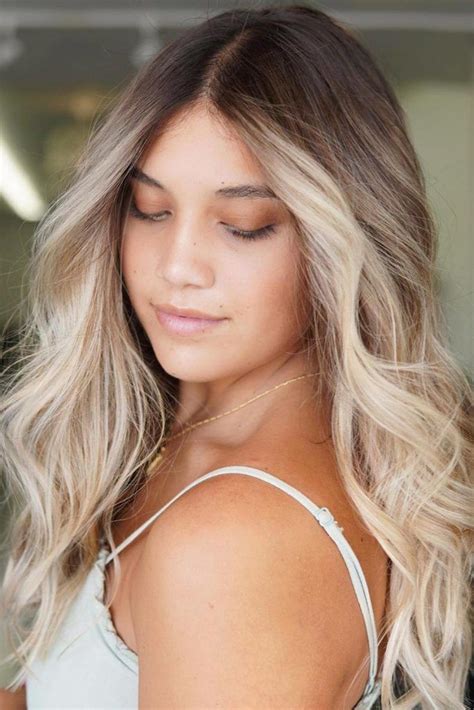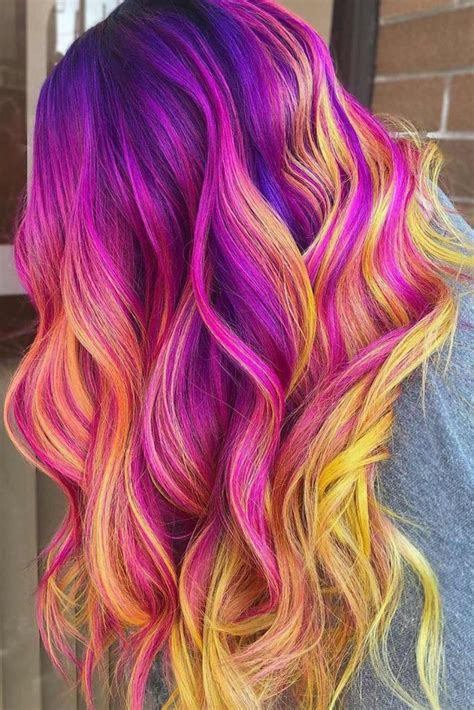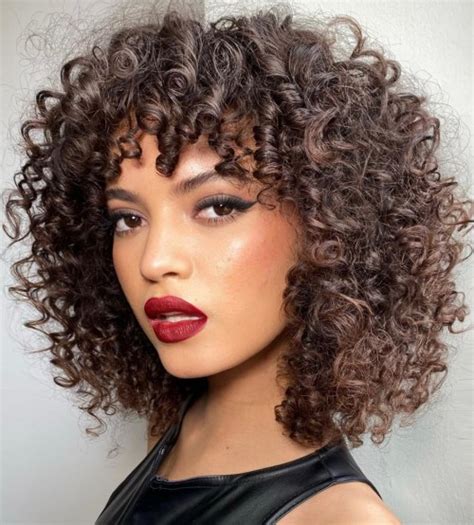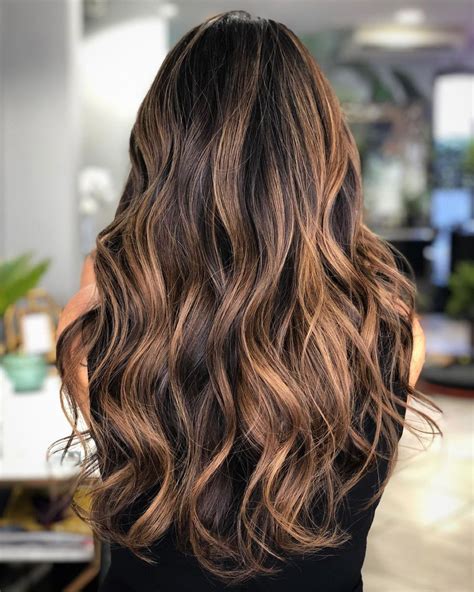Learn how hair density and thickness are influenced by various factors. Discover tips for managing thin or thick hair effectively.
Understanding Hair Density
Contents
Hair density refers to the number of hair follicles present on the scalp. It is an important factor to consider when determining overall hair health and can vary greatly from one person to another. Understanding your hair density can help you make informed decisions about hairstyles, hair care products, and haircuts.
Factors such as genetics, age, and hormonal changes can all impact hair density. People with thick hair typically have a higher number of hair follicles on their scalp, while those with thin hair have fewer follicles. However, it’s important to note that hair density can change over time due to various factors.
Knowing your hair density can help you determine the best hairstyles for your hair type. For example, those with thick hair may opt for layered cuts to reduce hair volume, while those with thin hair may choose shorter styles to create the appearance of fullness.
Understanding hair density can also guide you in selecting the most suitable hair care products. People with thick hair may need heavier conditioners and styling products, while those with thin hair may benefit from lighter, volumizing products to add fullness.
Factors Affecting Hair Thickness
When it comes to hair thickness, there are several factors that can affect it. One of the primary factors is genetics. The genes you inherit from your parents play a significant role in determining the thickness of your hair. If both of your parents have thick hair, there’s a good chance that you will have thick hair as well. On the other hand, if both of your parents have thin hair, you are more likely to have thin hair.
Another factor that can affect hair thickness is age. As we get older, our hair tends to become thinner. This is because as we age, the hair follicles shrink, resulting in thinner and weaker hair. Additionally, hormonal changes that occur as we age can also impact the thickness of our hair.
In addition to genetics and age, diet and nutrition also play a significant role in determining hair thickness. A diet that lacks essential nutrients such as protein, vitamins, and minerals can lead to thin and brittle hair. It’s important to ensure that you are consuming a balanced diet that includes plenty of fruits, vegetables, lean proteins, and healthy fats to promote healthy hair growth and thickness.
Furthermore, environmental factors such as exposure to harsh chemicals, pollutants, and UV radiation can also impact hair thickness. Overexposure to these environmental stressors can damage the hair follicles and lead to thinning hair. It’s important to protect your hair from these factors by using protective styles, wearing hats or scarves, and using products that provide UV protection.
It’s important to understand that while genetics and age play a significant role in determining hair thickness, there are several other factors that can also affect it. By paying attention to these factors and taking steps to address any issues, you can promote healthy hair growth and maintain optimal hair thickness.
Characteristics of Thin Hair
Characteristics of Thin Hair
Characteristics of Thin Hair
Thin hair is generally described as having a smaller hair shaft diameter compared to thick hair. This means that the individual strands of hair are finer in texture and appear less full. Thin hair can also be more prone to breakage and damage due to its delicate nature.
Another key characteristic of thin hair is that it can often appear flat and lacking in volume. This can make it difficult to achieve certain hairstyles or maintain a full-bodied look throughout the day. Individuals with thin hair may struggle with creating volume and may find that their hair easily becomes limp or lifeless.
In addition, thin hair can be more prone to issues such as oiliness at the roots and dryness at the ends. This can make it challenging to balance the hair’s moisture levels and maintain a healthy, manageable appearance.
When it comes to styling, thin hair may not hold curls or updos as well as thicker hair types. The lack of density and texture can make it difficult for certain styles to hold or stay in place, requiring additional products and styling techniques to achieve the desired look.
In summary, thin hair is characterized by its finer texture, lack of volume, and tendency to appear flat and lackluster. Understanding these characteristics can help individuals with thin hair make informed decisions about hair care and styling techniques to enhance the appearance and manageability of their hair.
Characteristics of Thick Hair
Characteristics of Thick Hair
When it comes to thick hair, there are several defining characteristics that set it apart from other hair types. One of the main features of thick hair is its diameter, which is often larger than average. This results in a fuller appearance and a greater ability to hold volume and style.
Additionally, thick hair tends to be durable and resistant to damage. The increased number of strands means that thick hair is less prone to breakage and split ends, making it easier to maintain and style.
Another characteristic of thick hair is its ability to withstand heat and chemical treatments. The thickness of the hair shaft provides a natural barrier, protecting the strands from external factors that could cause damage.
Furthermore, thick hair often has a luxurious and healthy appearance. The abundance of strands creates a lustrous and full head of hair that is often associated with vitality and youth.
Tips for Managing Thin or Thick Hair
Managing thin or thick hair can be a challenge, but with the right tips and tricks, you can make the most of your hair type. No matter whether you have thin or thick hair, proper care and styling can help you achieve the look you want. Here are some tips for managing thin or thick hair:
1. Use the right products: For thin hair, look for volumizing shampoos and conditioners that add body and fullness. For thick hair, opt for smoothing and anti-frizz products to control and manage the thickness.
2. Be gentle with your hair: Both thin and thick hair can be prone to breakage, so be gentle when brushing and styling. Use a wide-tooth comb to detangle and avoid pulling and tugging on your hair.
3. Choose the right haircut: For thin hair, consider shorter styles with layers to add volume and dimension. For thick hair, longer styles and thinning techniques can help reduce bulk and create a more manageable look.
4. Protect your hair: Whether your hair is thin or thick, protecting it from heat and environmental damage is important. Use heat protectants before using hot styling tools and wear a hat or scarf to shield your hair from sun and wind exposure.
5. Experiment with different styling techniques: For thin hair, try using volumizing mousse and blow drying with a round brush to create lift. For thick hair, consider braids, buns, and updos to keep your hair under control and looking fabulous.











